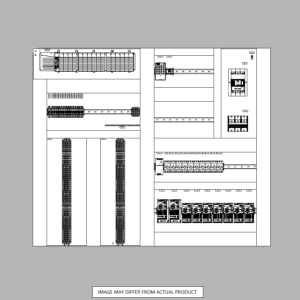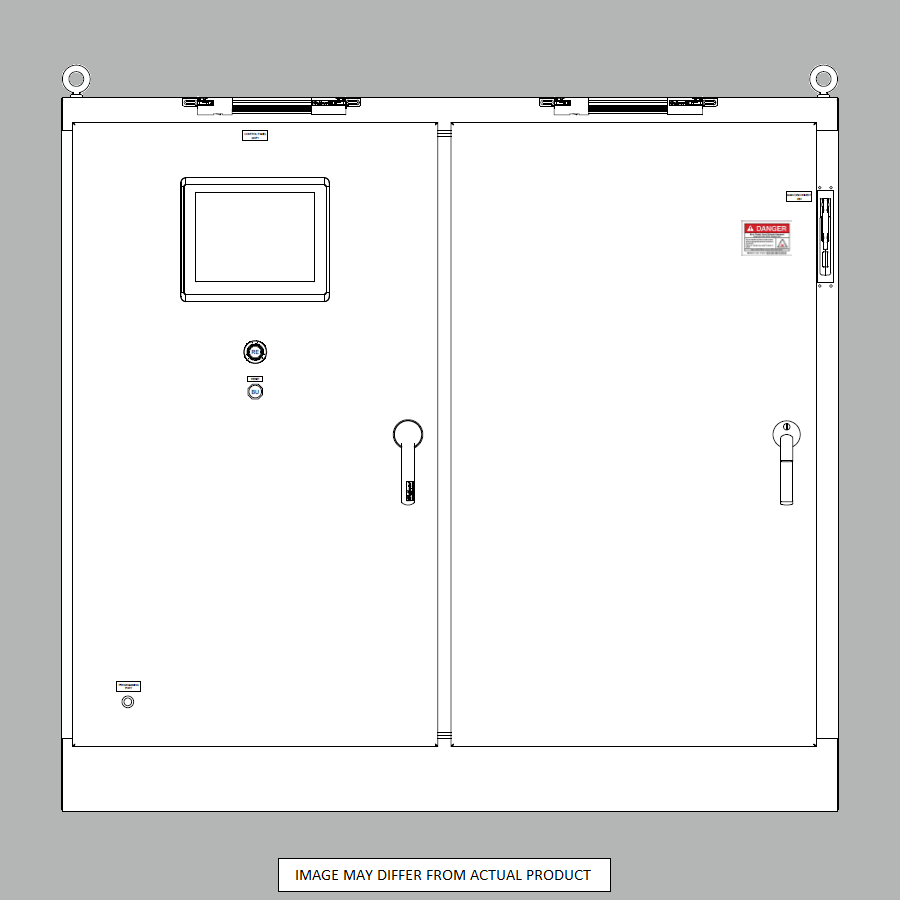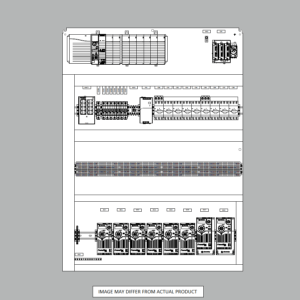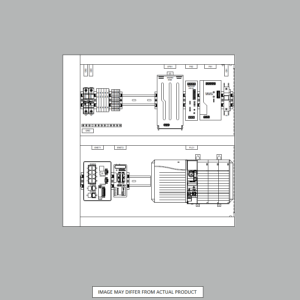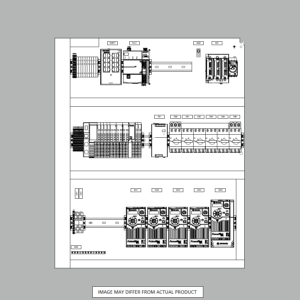Intelligent Automation: Leveraging to Unlock Efficiency & Growth
In today’s fast-paced and highly competitive business landscape, organizations constantly seek ways to enhance efficiency, reduce costs, and drive innovation. One technology that has emerged as a game-changer in this pursuit is intelligent automation (IA).
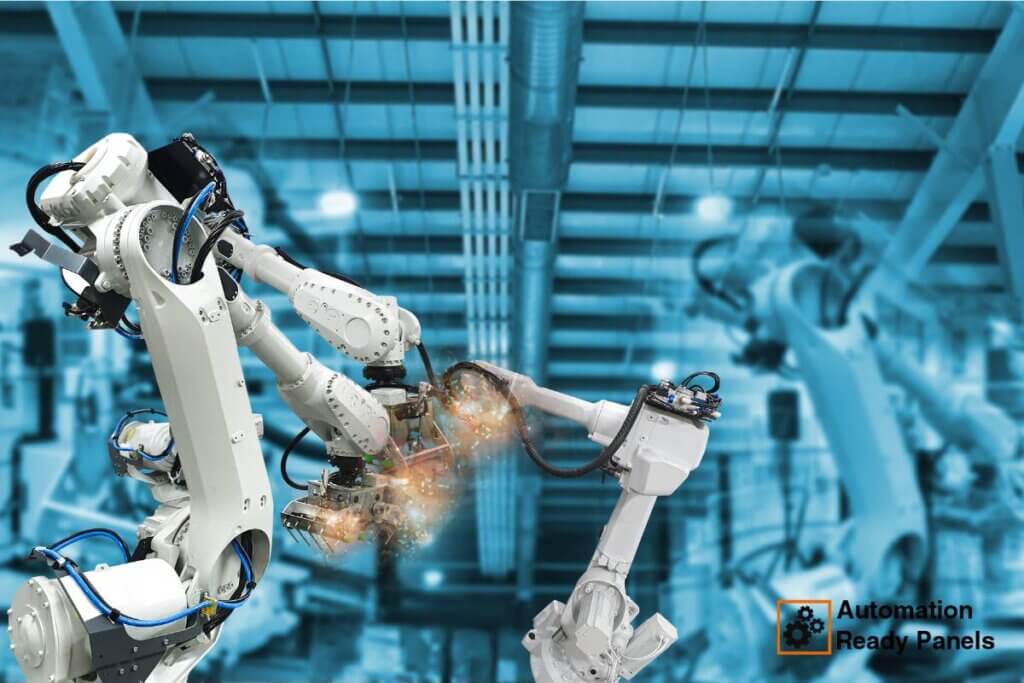
Intelligent automation offers businesses a comprehensive solution to streamline operations, optimize processes, and unlock new levels of productivity. Achieved by harnessing the power of artificial intelligence (AI), machine learning (ML), and robotic process automation (RPA).
Introduction
Intelligent automation, also known as AI-powered automation, is a cutting-edge technology that combines the capabilities of AI, ML, and RPA to automate complex tasks and processes. It involves using intelligent software systems that mimic human actions, learn from data, and make informed decisions, allowing organizations to automate a wide range of business processes with unprecedented accuracy and efficiency.
In an era where digital transformation is no longer an option. It is a necessity and embracing intelligent automation has become crucial for businesses to remain competitive. By leveraging this technology, companies can streamline operations, reduce costs, improve customer experiences, and gain a significant competitive advantage. Intelligent automation empowers organizations to focus on higher-value activities, drive innovation, and adapt to rapidly changing market demands.
Key Components of Intelligent Automation
Artificial Intelligence
Artificial intelligence (AI) is the backbone of intelligent automation. It involves the development of computer systems that can perform tasks that typically require human intelligence, such as pattern recognition, decision-making, and problem-solving. AI algorithms enable intelligent automation systems to process and analyze vast amounts of data, identify patterns, and make informed decisions, enabling organizations to automate complex tasks and processes.
Machine Learning
Machine learning (ML) is a subset of AI that enables systems to learn and improve from experience without being explicitly programmed. ML algorithms are trained on historical data, allowing them to identify patterns, make predictions, and adapt to changing circumstances. In intelligent automation, ML is used to optimize processes, detect anomalies, and continuously improve the system’s performance, ensuring that automation workflows remain efficient and effective over time.
Robotic Process Automation
Robotic process automation (RPA) is a technology that enables the automation of repetitive, rule-based tasks by mimicking human actions. RPA software robots, often called digital workers, can interact with applications, systems, and data sources, performing tasks such as data entry, data extraction, and process execution with high accuracy and speed. RPA is a key component of intelligent automation, enabling the automation of routine tasks and freeing human resources for more complex and value-added activities.
Benefits of Intelligent Automation
Increased Productivity and Efficiency
One of the primary benefits of intelligent automation is its ability to enhance productivity and efficiency significantly. By automating time-consuming and repetitive tasks, organizations can streamline processes, reduce manual effort, and eliminate errors, resulting in faster turnaround times and improved output quality. Intelligent automation technologies like RPA and AI tools can work around the clock, completing tasks faster and more accurately than their human counterparts, allowing businesses to scale their operations and meet increasing demand.
Cost Savings
Implementing intelligent automation can lead to substantial cost savings for organizations. By automating processes, companies can reduce labor costs, minimize errors and rework, and optimize resource utilization. IA also helps organizations scale their operations more efficiently, contributing to cost savings. As digital workers take over repetitive tasks, human employees can be reallocated to higher-value activities, maximizing the return on investment in human capital.
Improved Accuracy and Quality of Work
Intelligent automation systems are designed to perform tasks with high accuracy and consistency, eliminating the potential for human error. This leads to improved quality of work, increased customer satisfaction, and reduced risk of costly mistakes or compliance issues. By leveraging technologies like optical character recognition (OCR) and natural language processing (NLP), intelligent automation can handle complex tasks and use cases precisely, ensuring regulatory compliance and minimizing operational risks.
Use Cases of Intelligent Automation
Customer Service
Intelligent automation has revolutionized the customer service industry. AI-powered chatbots and virtual assistants can provide:
- Personalized and efficient support. Handle customer queries. Resolve issues.
- Improve overall customer experience.
By automating routine customer interactions, businesses can free up human agents to focus on more complex and customer-facing tasks, improving customer satisfaction and loyalty.
Finance and Accounting
Intelligent automation is crucial in streamlining processes such as invoice processing, data entry, financial reporting, and regulatory compliance in the finance and accounting sectors. RPA can automate routine tasks like data entry and document processing. At the same time, AI and ML algorithms can analyze financial data, identify patterns, and assist in decision-making processes, reducing the risk of human error and ensuring accurate financial reporting.
Supply Chain Management
Intelligent automation has become an invaluable asset in optimizing supply chain operations. AI and ML algorithms can be used for demand forecasting, inventory management, route optimization, and predictive maintenance, improving efficiency, reducing costs, and enhancing customer satisfaction. Additionally, RPA can automate tasks such as order processing, tracking, and documentation, streamlining the entire supply chain process.
Challenges of Implementing Intelligent Automation
Integration with Existing Systems
One of the primary challenges in implementing intelligent automation is integrating the new systems with existing IT infrastructure and legacy applications. Organizations must ensure seamless integration and data flow between different systems to maximize the benefits of intelligent automation. This often requires a comprehensive assessment of existing systems and careful planning to ensure compatibility and interoperability.
Resistance from Employees
While intelligent automation can enhance productivity and efficiency, some employees may resist adopting new technologies due to concerns about job security or needing to adapt to new processes. Effective change management strategies, clear communication, and employee training are crucial to overcoming this challenge and fostering a culture of continuous learning and adaptation.
Data Security Concerns
Intelligent automation systems rely heavily on data, and organizations must ensure that sensitive data is properly secured and protected against cyber threats. Implementing robust data security measures, such as encryption, access controls, and regular security audits, is essential to mitigate risks and maintain compliance with data privacy regulations.
Best Practices for Successful Implementation of Intelligent Automation
Start with a Clear Strategy and Objectives
Before implementing intelligent automation, organizations should define clear objectives and develop a comprehensive strategy. This includes identifying processes suitable for automation, assessing the required resources, and establishing measurable key performance indicators (KPIs) to track progress and success. A well-defined strategy ensures intelligent automation initiatives align with broader business goals and deliver tangible value.
Involve Key Stakeholders from the Beginning
Engaging key stakeholders, such as business leaders, IT professionals, and end-users, from the beginning is crucial for a successful implementation. Their input and buy-in can help ensure that the intelligent automation solution aligns with organizational needs, addresses specific challenges, and facilitates smooth adoption across different teams and departments.
Provide Adequate Training and Support for Employees
Employees are essential for the successful adoption of intelligent automation. Organizations should provide comprehensive training programs to help employees understand the new technologies, adapt to new processes. They must effectively leverage intelligent automation systems’ capabilities. Ongoing support and guidance should also ensure employees can fully embrace and utilize the automation capabilities.
Future Trends in Intelligent Automation
Continued Advancements in Artificial Intelligence and Machine Learning
The fields of AI and ML are rapidly evolving, with new algorithms, models, and techniques being developed continuously. As these technologies advance, intelligent automation systems will become more sophisticated, capable of handling increasingly complex tasks and making more accurate decisions. Combining artificial intelligence, machine learning, and automation will enable organizations to tackle challenges previously considered too complex for automation.
Expansion of Intelligent Automation into New Industries
While intelligent automation has already made significant inroads in finance, customer service, and supply chain management, its adoption is expected to expand into new sectors. Industries such as healthcare, education, manufacturing, and capital markets are exploring intelligent automation’s potential to streamline processes, improve efficiency, and enhance decision-making capabilities. As the technology matures and its benefits become more widely recognized, adopting AI and intelligent automation will accelerate across a broader range of industries.
Human-Centered Intelligent Automation
As intelligent automation technologies continue to evolve, there is a growing emphasis on creating human-centered solutions. Rather than replacing human workers entirely, the future of intelligent automation is focused on augmenting human capabilities and fostering a collaborative relationship between humans and machines. This approach recognizes the unique strengths of humans and AI systems. This enables them to work together seamlessly and leveraging their complementary abilities to drive innovation and achieve greater operational excellence.
Conclusion
Intelligent automation offers numerous benefits, including increased productivity, cost savings, and improved accuracy and quality of work. However, organizations must also address challenges such as system integration, employee resistance, and data security concerns to ensure successful implementation.
As businesses strive for greater efficiency, cost optimization, and competitive advantage, embracing intelligent automation has become essential. Organizations that fail to adopt intelligent automation risk falling behind their competitors and losing their market share. By leveraging the power of AI, ML, and RPA, businesses can streamline operations, enhance decision-making processes, and drive innovation, positioning themselves for success in the future of work.
For your RPA requirements, talk to us at Automation Ready Panels. Learn how robotic process automations can improve your factory operations and save costs.
Summary: Key Points to Remember about Intelligent Automation
- Intelligent automation combines artificial intelligence, machine learning, and robotic process automation to automate complex business processes.
- It offers benefits such as increased productivity, cost savings, and improved accuracy and quality of work.
- Key components of intelligent automation include AI, ML, and RPA.
- Intelligent automation can be applied to various industries, including customer service, finance and accounting, and supply chain management.
- Challenges include system integration, employee resistance, and data security concerns.
- Best practices for successful implementation involve a clear strategy, stakeholder involvement, and adequate employee training and support.
- Future trends include continued advancements in AI and ML and the expansion of intelligent automation into new industries.
- Embracing intelligent automation is crucial for businesses to remain competitive and succeed in the future.
-
Large Process Automation: Panelview 5000, ControlLogix 5580
$24,073.00 Select options -
Small Process Automation: Panelview 5000, ControlLogix 5580
$20,321.00 Select options -
Small Process Automation: ControlLogix 5580, UPS Battery Backup, Cellular Modem
$18,999.00 Select options -
Advanced Automation: Panelview 5000, Safety CompactLogix 5380
$10,269.00 Select options

